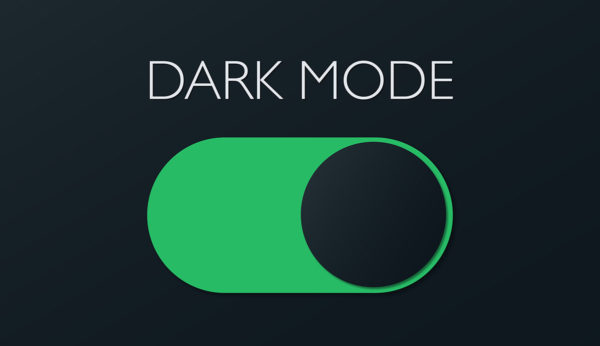This is the second idea I use to help organizations create fundraising plans that raise more money:
Never go dark on your donors.
Fundraising is similar to personal friendships. We all have friends who show up, and we all have friends who go dark.
As a nonprofit, don’t be a friend who goes dark. When you go dark, you have a lower chance of remaining their friend.
Don’t let donors go months – or even weeks – without hearing from you.
The more you are a regular part of your donors’ news feed – their mail, their email, their social – the more you are a part of their lives.
Truth: the amount of donor communications you send is one of the things that communicates whether your cause is important or not. Two appeals a year, a few emails and a bunch of social? That communicates that your work must not be that important. Eight appeals, four newsletters, and thirty emails? That communicates that your work is urgent and important.
(This is unfair to organizations with small staffs, but it’s unfortunately still true.)
Like a good friend, when you show up in your donors’ lives, talk about your donors and not about yourself (your organization). Show up and tell donors what’s happening with the beneficiaries or cause that they care about. Show up and “report back” to donors the amazing things their gift has made possible through your organization.
So as you make your annual plan for next year, look for times of the year when you’ll be going dark on your donors. Then find an easy-to-create donor-centered communication to send your donors at that time.
For many small organizations, it will feel awkward to send out so many donor communications. You need to consciously make the generous choice to show up in your donors’ lives early and often.
Your donor are adults. You can’t scare them away with a few more pieces of fundraising.
And imagine how much your beneficiaries will appreciate knowing that you never go dark on their behalf.


